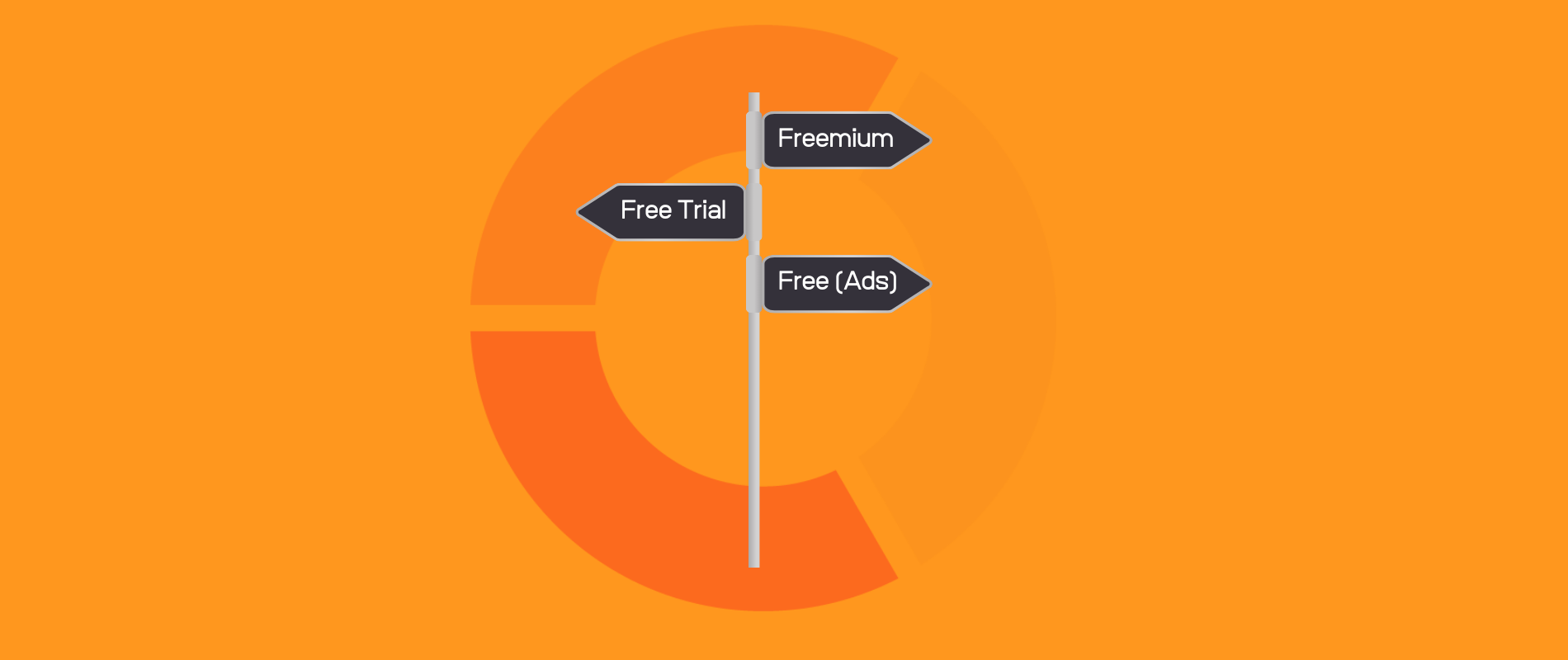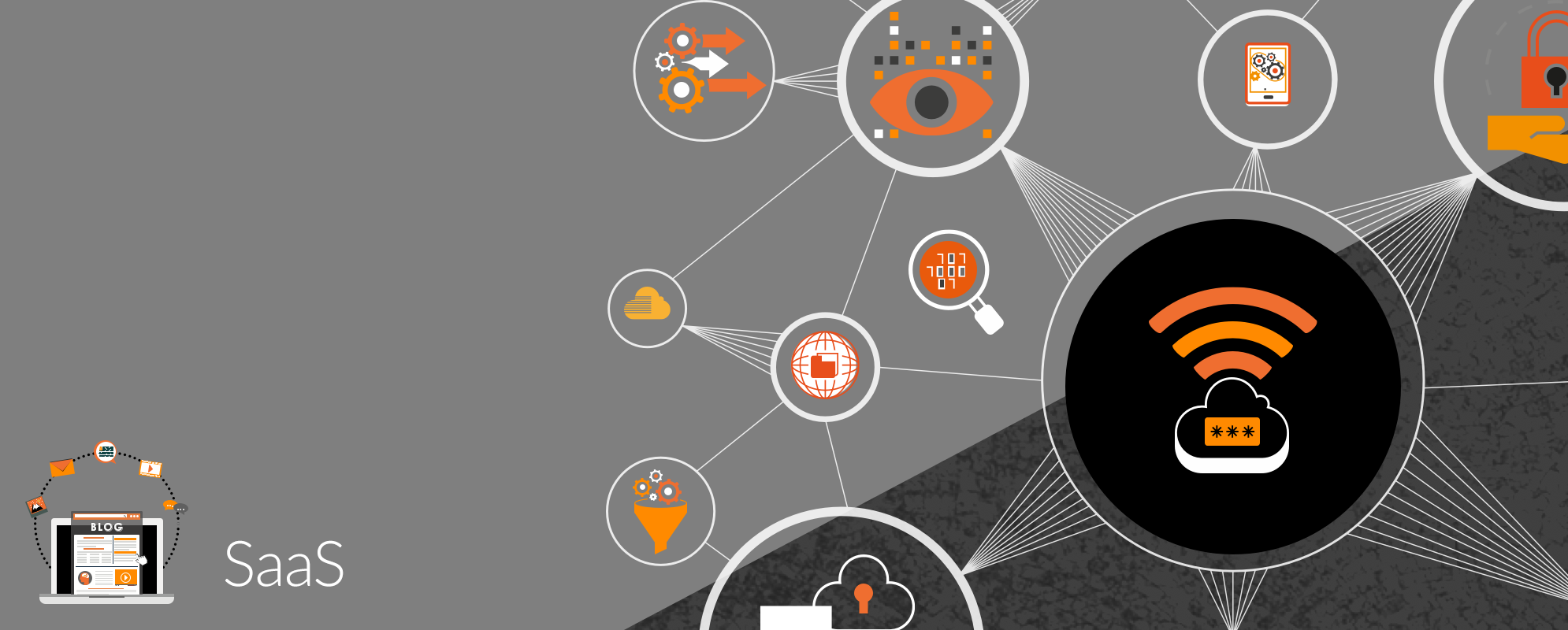
Get weekly
HubSpot updates
To keep evolving your SaaS product, you need a steady cash flow. It's imperative to set up a pricing strategy that appeals to the needs of your buyer personas and keeps them loyal to your brand. The wrong pricing model could quickly damage your reputation and discourage customers from growing with your software.
We've mentioned this point a few times before, but it's always worth repeating:
Deciding on your pricing model isn't a one-off activity on your to-do list.
It's important to keep analysing how users respond to it throughout the customer lifecycle.
Keeping a close eye on how your SaaS pricing pages perform and how your customers engage with your software once they sign up will help you to continuously enhance your pricing strategy.
Monetising existing users is more cost-effective than trying to constantly acquire new ones. Fine-tuning your pricing strategy and getting the most value out of your sign-ups is 4 x more efficient than acquisition.
A few factors will continuously influence your pricing :
- Where you wish to position your SaaS business in the current and future market.
- The buyer personas you are targeting.
- Whether your offering is aimed at B2B, B2C or a combination of these markets.
- The utility users get from your software – will customers get prolonged use out of it or is it a seasonal / on-demand product?
With all of this in mind, let's explore the most common pricing models. Use this information to assess the needs of your business so that you can match the right pricing model to your particular SaaS product and industry.
Per-user pricing
This model specifies that each new user is a chargeable customer. This can be a tricky pricing model to sell, particularly if you target large enterprises that need a multitude of licenses or small businesses that can't afford the extra expenditure with each new employee.
A pricing structure of this nature can drive businesses to use a single login for multiple users to avoid further charges, the knock-on effect being that fewer users get onboarded to your software resulting in a low rate of buy-in from stakeholders.
Tiered pricing
Tiered pricing involves setting bands for user numbers so that customers can purchase (roughly) the right amount of licenses with the features to match their organisation's needs. This makes a lot of sense for businesses whose human resource demands are fairly predictable from year to year.
For growing companies, however, this model can present expensive challenges. What if you're an entrepreneur who needs access to more features or storage space rather than the ability to add more users on?
It's essential to have a good understanding of how customers are likely to extract value from your particular software solution so that you can customise your pricing accordingly.
Pay as you go
Pay as you go is pretty much what it says on the tin. Your users pay based on what they need. This works well for companies whose software is used on-demand where a subscription might not make financial sense.
One of the challenges, however, is budgeting and predicting your income; equally, things may get pricey if your customer's business starts to scale up, prompting them to use your features more often. Unless you have a flexible bundle they can jump onto once they've reached a certain number of logins, they may be forced to look for a more affordable option elsewhere.
Custom bundles
Since every business and individual client is unique, you may discover that your target audience needs more of a pick-and-mix approach to the features they require. This can be a pretty simple setup for a SaaS business where you let your customer choose the add-ons and extensions they need. Small businesses, in particular, may find this model very appealing.
Freemium
Many SaaS businesses follow this model, and with good reason. Freemium means you give users access to your essential functions so that they can quickly see the value in using your product. As their reliance on your software's amazing capabilities grows, so does the need to upgrade. This is where you can monetise on add-ons and extra features that enhance their experience and cater to the expanding needs of customers who love your software.
Free (with ads)
Some software companies thrive by giving users free access to their product. The way to generate income with a free pricing model is to charge advertisers for premium ad space on your platform.
For some customers, the ads won't be a bother, and they'll be happy to continue using your product as is. In some cases, however, pop up ads or display ads can ruin the user experience, and it can be a very tough balance to strike. A free price model isn't really a long term strategy, particularly as the income you receive may be insufficient for upgrading your software and remaining competitive. For this reason, you need to think beyond the free version of your product and allow customers to become subscribed members who enjoy the perks of an ad-free experience and more enhanced features.
In this article, we've covered some of the basic pricing models you are likely to encounter and consider when setting up your pricing strategy. If you'd like to jump into a more detailed round-up of SaaS pricing plans, check out one of our other blogs on the topic here.
Something to consider, if you haven't already, is to offer your clients a free trial. A free trial is an excellent way to allow users a no-obligation feel for what they can gain from using your software – incredibly important when you consider that you are selling an intangible product which may be met with a lot of opposition if it cannot immediately demonstrate value.
We recommend that you take a look at our SaaS Free Trial Ebook to shape up your free trial strategy. During the free trial period, remember that you can extract plenty of useful information about user engagement and how you can tweak your pricing and product features to delight your customers. Furthermore, a free trial is the inbound marketing way of ensuring that you get the right fit customers for your SaaS product. Customers that fit your buyer persona criteria make choosing the right SaaS pricing model much easier and help you to retain customers for longer.
Do You Want To Get More Out of Your Marketing?
